Amelia Boynton Robinson
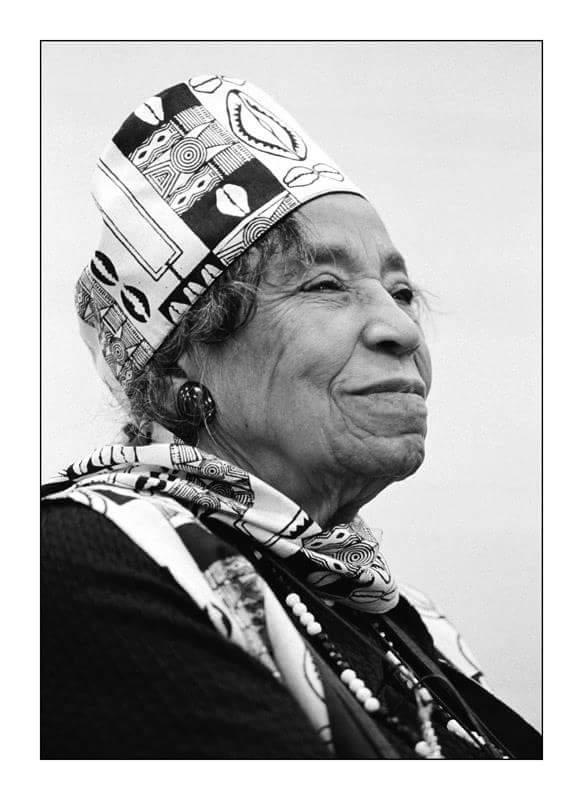
Amelia Isadora Platts, a Geechee woman, was born in Savannah on August 18, 1911 (a Leo). She was one of ten children between George–a construction worker who owned a wholesale woodlot–and Anna, a seamstress and activist.
Amelia’s activist days started very young, alongside her mama. When Amelia’s mama was off work, she traveled to rural black communities in a horse and buggy to register black women to vote. She’d take Amelia, who was a pre-teen at the time, with her as she knocked on doors and sometimes even went with the women to the polls to go vote.
At only 14 years old, Amelia enrolled at the Georgia State Industrial College for Colored Youth, now Savannah State University. She later transferred to Tuskegee University (an HBCU in Alabama) where she earned a degree in home economics. She also attended Tennessee State University, Virginia State University, and Temple University.

In 1929, she got a job as a home demonstration agent for the government–specifically for the U.S. Department of Agriculture (USDA) in Selma, Alabama. Her job was to travel around the state promoting folk to can their produce to preserve it, teach nutrition, and agricultural improvement techniques. In 1930, she met Samuel William Boynton, who also worked for the USDA.
Together, they taught rural black folk, who were mostly sharecroppers, how to improve their farming methods and home economics skills. They also encouraged folk to vote and buy land. Mind you, Jim Crow had a mean grip around voting laws for black folk at that time.
Amelia and Samuel got married in 1936 and later had two sons together. In addition to their government work, they also ran an insurance agency, real estate office, and employment agency in Selma. These businesses served black communities throughout southern Alabama. Amelia had a sign in her office that read: “A Voteless People is a Hopeless People.”
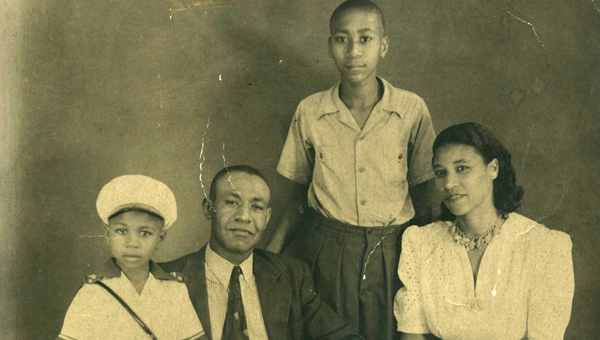
Samuel died in 1963. At his funeral, Amelia urged folk to get/stay politically involved. In 1964, Congress passed the Civil Rights Act. Amelia registered as a Democratic candidate for a seat in the US House of Representatives, making her the first black woman and the first woman to run for Congress in Alabama (and the first black person since the Reconstruction era in the late 1800s). She didn’t win, but she made history tho.
In 1965, Amelia asked Dr. Martin Luther King, Jr. to come to Selma to help in their fight for Civil Rights. He agreed and set up a Southern Christian Leadership Conference (SCLC) headquarters in Amelia’s home. That’s exactly where they planned the Selma to Montgomery March, despite threats from local police.
On March 7, 1965, Amelia and almost 600 people (including Rosa Parks, Ralph Abernathy, Coretta Scott King, etc.) gathered at a church in Selma and began their 54-mile walk from Selma to Montgomery. The march was led by John Lewis and the Rev. Hosea Williams (whose work in Savannah is discussed in Krak Teet).
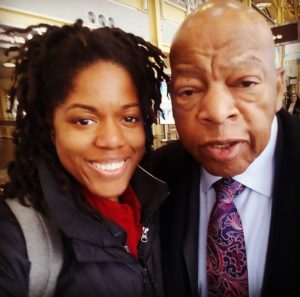
At the Edmund Pettus Bridge in Selma, state and local police attacked them with tear gas and billy clubs. (That bridge is named after a Confederate general, by the way.) Over 70 marchers were beaten by police and more than 20 were hospitalized, including Amelia who was beat unconscious for refusing to turn back. Television and newspaper cameras recorded that tragedy which became known as Bloody Sunday. A photo of Amelia lying bloody, beaten, and tear gassed drew national attention.
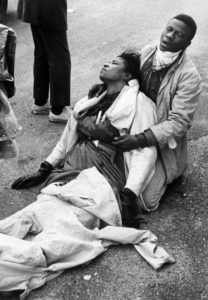
Amelia was present for the second Selma to Montgomery march that was also turned back at the bridge. She was also there for the third march on March 21st which was under heavy guard provided by President Lyndon Johnson. That one was successful. When they arrived at the Alabama State Capitol four days later, they were over 25,000 people deep.
Bloody Sunday prompted President Lyndon B. Johnson to sign the Voting Rights Act on August 6, 1965, with Boynton in attendance as guest of honor. This law made it illegal to stop someone from voting on account of their race.
In 1969, Amelia married a musician named Bob W. Billups. He died in a boating accident in 1973. Then in 1976, she married a former classmate, James Robinson. They settled in Tuskegee, Alabama. He died in 1988, and her marrying days were over. She stayed active in the movement though. And in 1990, she received the Martin Luther King, Jr. Freedom Medal.
In 2004 she sued The Walt Disney Company for defamation, saying that the 1999 TV movie Selma, Lord, Selma falsely depicted her as a stereotypical “black Mammy,” whose key role was to “make religious utterances and to participate in singing spirituals and protest songs.” She lost the case. Ten years later, in 2014, respect was put her on name in the 2014 Oscar-nominated film, Selma.
In 2015, she crossed the Edmund Pettus Bridge again with President Obama, Congressman John Lewis, and hundreds of others to mark the 50th anniversary of the Selma to Montgomery march.
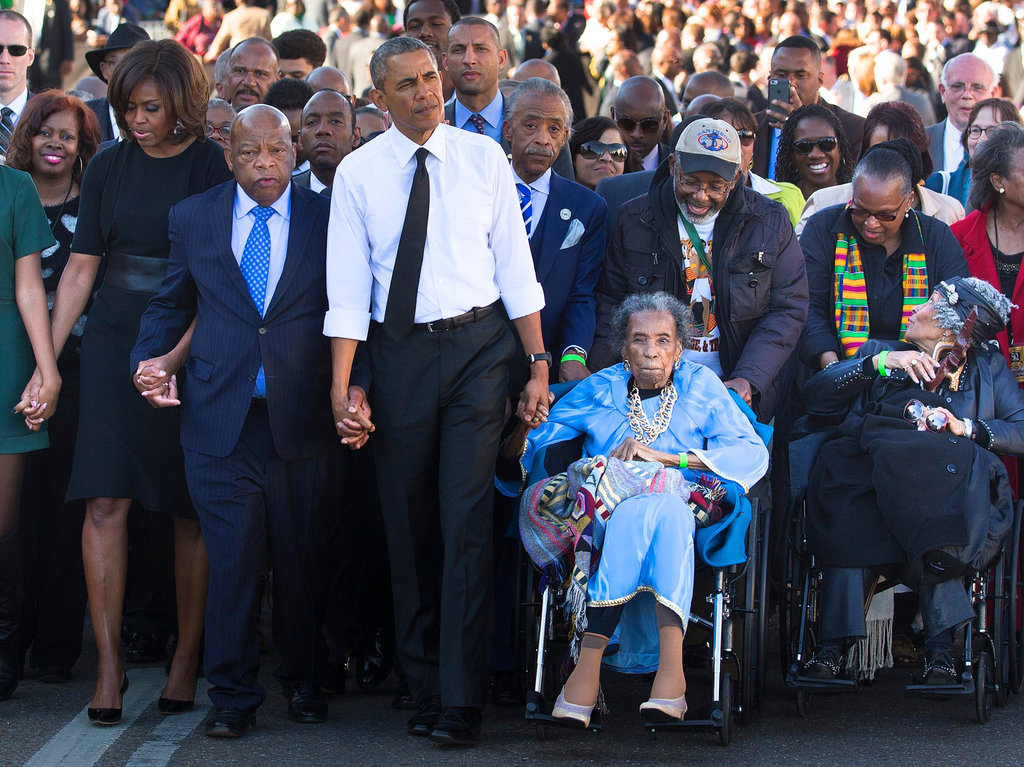
The matriarch of the civil rights movement, Savannah and Selma’s own, Amelia Boynton Robinson, died on August 26, 2015. She was 104 years old.
P.S.: I’ll update this post after reading her book, Bridge Across Jordan 

